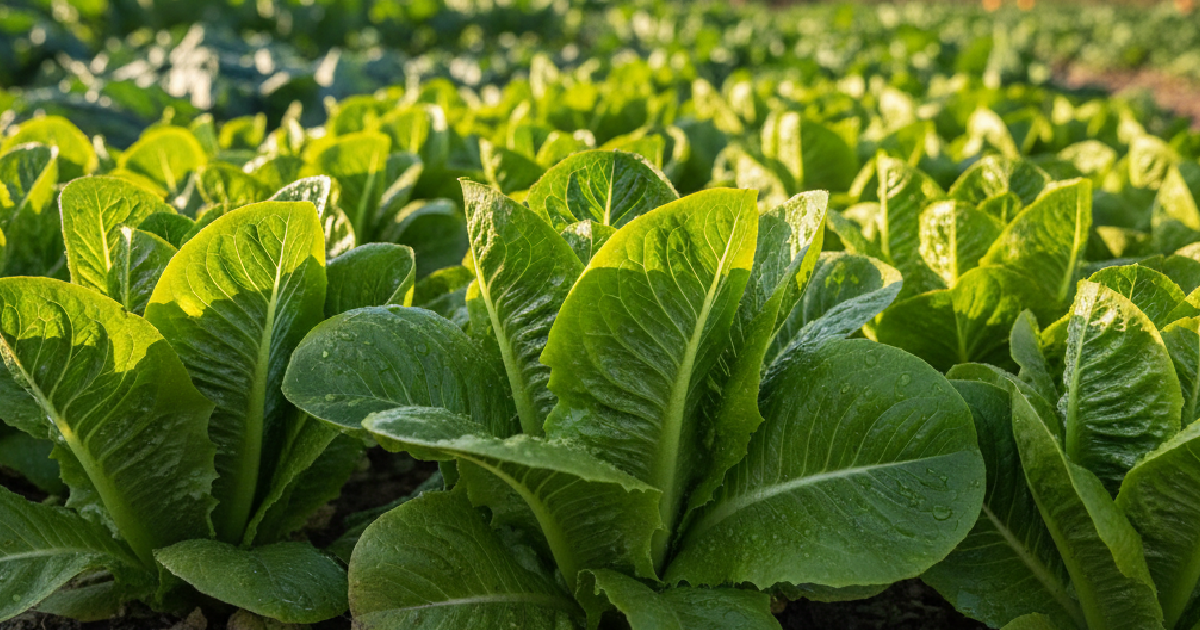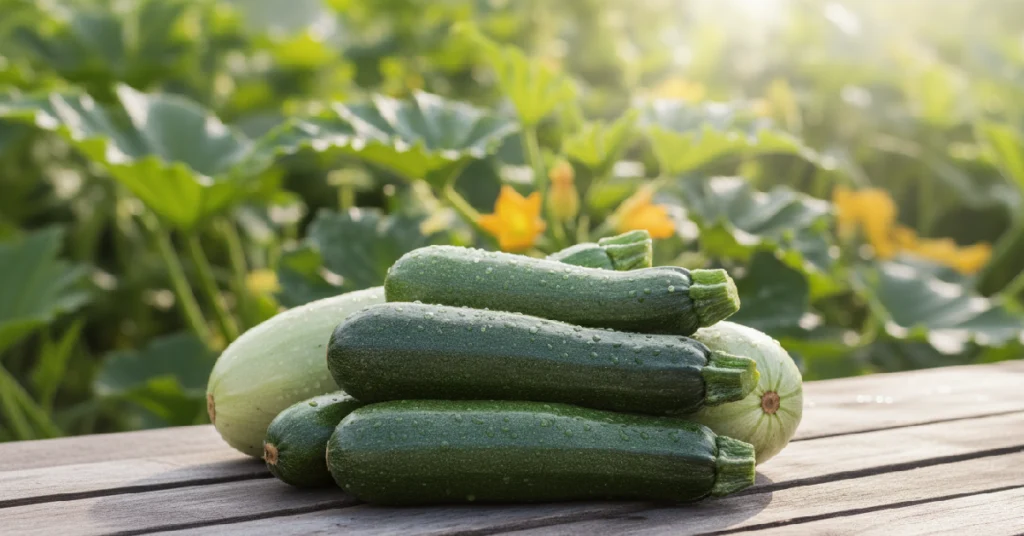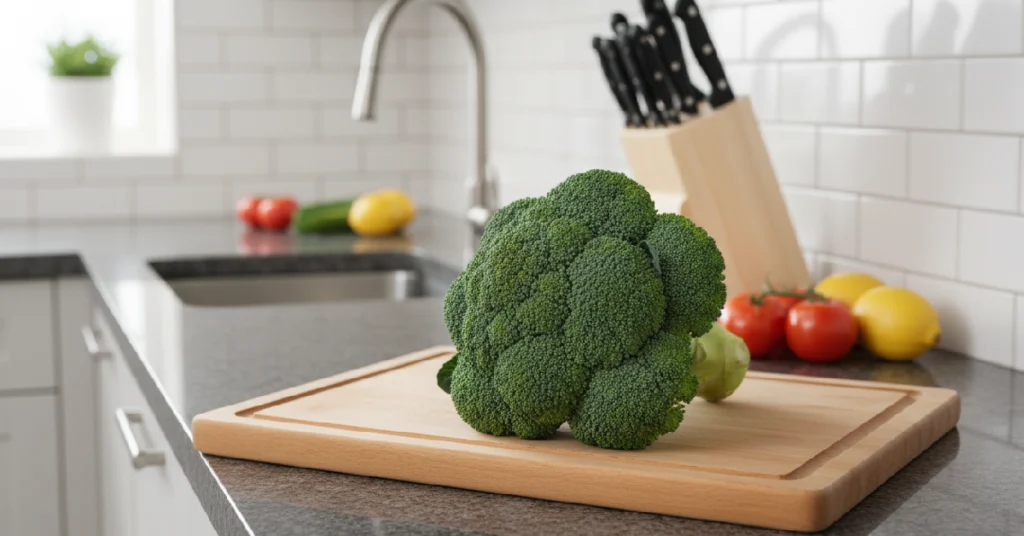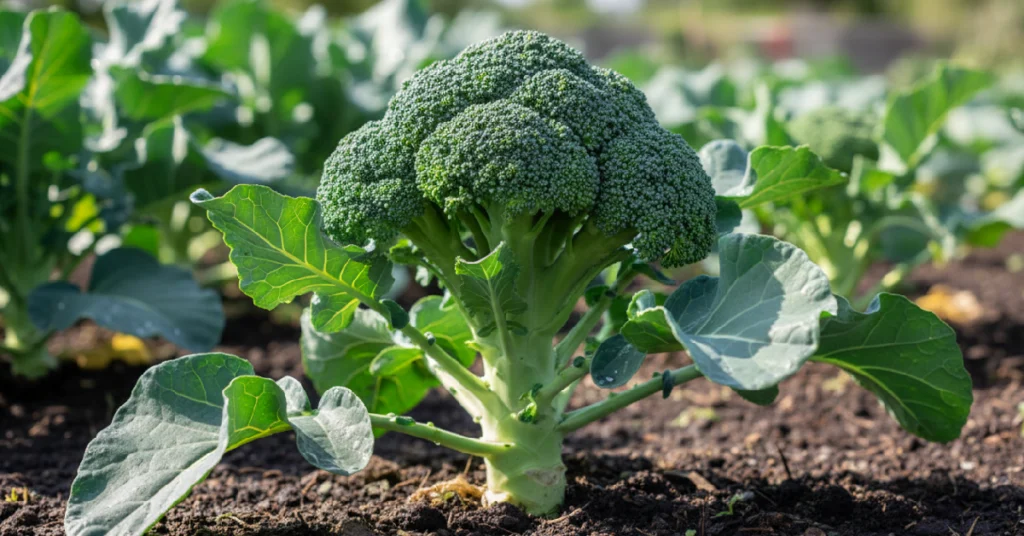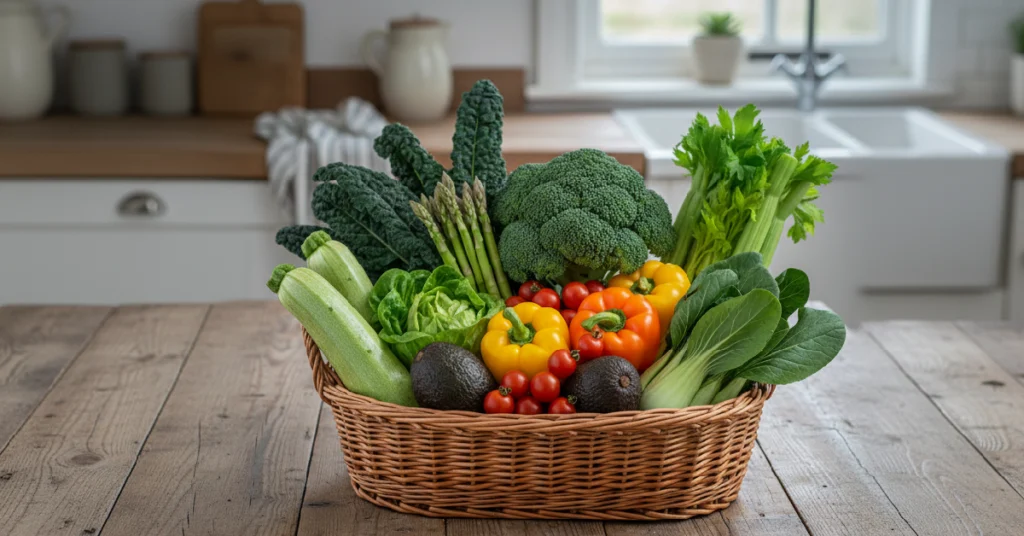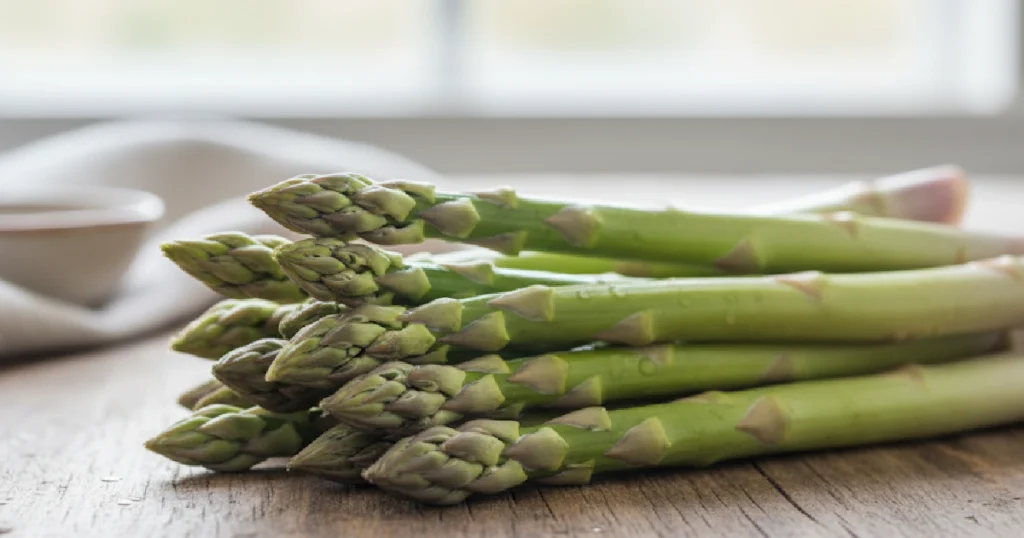Few things feel as rewarding as walking into your garden or balcony and harvesting fresh, crisp lettuce leaves for your meal. The good news? Lettuce is one of the easiest vegetables to grow at home. With the right method, you can enjoy everything from soft butter lettuce to crunchy iceberg and even experiment with hydroponics. In this guide, we’ll cover how to grow lettuce at home step by step; whether from seed or seedlings, in soil or water. You’ll also learn about lettuce cultivation in India, growing seasons, and how to care for different varieties.
How to Grow Lettuce at Home: The Basics
Lettuce grows best in cool weather, loose soil, and consistent moisture. You don’t need much space; even a few pots on a balcony can yield a steady supply of greens. Here’s a quick overview:
- Choose a location with 5–6 hours of sunlight.
- Use well-draining soil enriched with compost.
- Water regularly to keep soil moist but not soggy.
- Harvest outer leaves to keep the plant producing.
That’s the simple formula to grow lettuce at home. If you’re curious why it’s worth the effort, just look at the wide range of Lettuce Benefits that make it such a powerhouse vegetable.
Growing Lettuce from Seed: Step-by-Step Guide
Starting from seed is the most common method for growing lettuce at home. The process is simple and quick:
- Prepare Soil: Use light, fertile soil with good drainage.
- Sow Seeds: Scatter them evenly and cover lightly with soil.
- Water Gently: Mist the soil so it’s moist but not waterlogged.
- Watch Germination: Seeds usually sprout within 7–10 days.
- Thin Seedlings: Once they’re 2 inches tall, thin them so each baby lettuce plant has space to grow.
For those who love tender greens, harvesting young baby leaves early ensures multiple cuttings from the same plant.
If you want to maximize results, learning more about the Lettuce Plant itself; including its root structure and growth cycle; helps you understand what it needs to thrive.
Planting Lettuce Seedlings the Right Way
If you prefer a head start, you can buy or grow lettuce seedlings instead of starting from seed. Here’s how to do it:
- Prepare holes in your soil or container about 6–8 inches apart.
- Place seedlings gently into the holes.
- Water right after planting to help roots settle.
A common issue is leggy lettuce seedlings, which happens when plants stretch too tall and weak due to lack of light. To avoid this, ensure they get enough sunlight, avoid overcrowding, and don’t overwater.
How to Grow Lettuce Hydroponically?
Hydroponic lettuce is growing in water instead of soil. It’s an efficient method that works well for small spaces and urban homes. Tips for growing lettuce hydroponically:
- Nutrient Solution: Use water mixed with essential nutrients.
- Hydroponic Lettuce Water Temperature: Keep water between 18–22°C for best growth.
- Lighting: If indoors, provide LED grow lights for 12–14 hours daily.
- Airflow: Maintain good circulation to prevent disease.
Hydroponics works for many varieties, and it’s especially effective if you’re learning how to grow romaine lettuce hydroponically since romaine adapts well to this system.
How to Grow Butter Lettuce at Home?
Butter lettuce, also called Bibb or Boston lettuce, is known for its soft, cup-shaped leaves and mild flavor. To grow butter lettuce:
- Plant in early spring or autumn when temperatures are cooler.
- Keep soil evenly moist.
- Harvest outer leaves regularly to encourage new growth.
Its tender texture makes it perfect for wraps or light salads.
How to Grow Iceberg Lettuce Easily?
Iceberg lettuce forms dense, round heads, which take more patience than loose-leaf types. To grow iceberg lettuce:
- Sow seeds in cool weather.
- Leave at least 12 inches between plants.
- Water consistently to keep soil moist.
- Harvest when the head feels firm and compact.
Though iceberg takes longer, its crispness makes it worth the wait.
Lettuce Cultivation and Farming in India
On a larger scale, lettuce cultivation is gaining popularity across India, especially in urban and peri-urban areas where demand for salads is rising. Lettuce farming in India typically involves:
- Soil Preparation: Fertile, well-draining soil with compost.
- Spacing: Around 25–30 cm between plants.
- Irrigation: Regular watering to maintain soil moisture.
- Harvesting: Usually 45–60 days after planting.
Large-scale lettuce farms often combine traditional and modern methods to maintain steady yields.
Lettuce Growing Season in India
Lettuce is a cool-season crop, which makes winter the best time for growing it in most parts of India.
- Lettuce growing season in India: October to February.
- Temperature range: Ideal is 15–22°C.
- Lettuce growing time: 6–8 weeks from sowing to harvest, depending on variety.
If you’re experimenting with crops, you may also enjoy expanding your garden with the Best Fruit Plants for Home Garden in India, which thrive alongside greens.
Conclusion
Whether you choose planting lettuce seeds, starting with seedlings, or exploring hydroponic lettuce, the process is simple and rewarding. With just a little care, you can enjoy butter lettuce, crisp iceberg, or even romaine right at home. For larger ambitions, lettuce cultivation and farming in India are on the rise, but even small balcony gardens can provide a steady supply of fresh greens.

